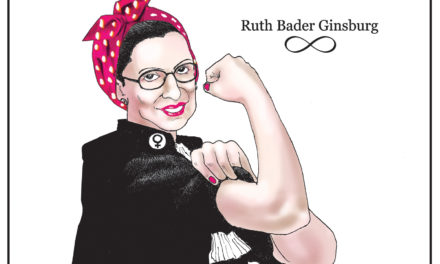“It’s all over,” said the student, a young woman in a sleek black dress. “Our only option is to leave the country.”
She finally accepted that her movement was over and Iranians would not see greater freedoms or fairer elections.
Just over a year ago the fledgling Iranian democratic movement hit a wall. After the questionable reelection of Iranian President Mahmoud Ahmadinejad, supporters of opposition candidate Mir-Hossein Mousavi began to demand social and political reform in Iran. This brief, but impactful, uprising was dubbed by some as the “twitter revolution” for its widespread use of social media.
On February 20, 2010, the Washington Post reported that the opposition group had failed. (See Iranian Opposition demoralized after failed protest at revolution’s anniversary, by Thomas Erdbrink Washington Post Staff Writer, February 20, 2010). They were demoralized and weren’t sure where to turn for support or guidance.
Ahmadinejad remained in power, the leaders of the reform movement were at their wits end and no social reforms had been implemented. It seemed the twitter revolution had failed.
The story, however, doesn’t end with the revolutionaries hiding in some dark room fearing that social change would never occur. People throughout the Middle East were watching their efforts and learning that the twitter revolution created a treasure trove of information on which to capitalize.
New groups formed and implemented the lessons they learned from the first twitter revolution. Twitter Revolution 2.0 is thriving and regardless of where you fall on the individual issues; the use of social media to create social change is having resounding effects.
So what should we learn from these recent revolutions? Over a series of post, I plan to explore and develop a list of best practices on the use of social media to affect governmental reforms or social change. For example, one upgrade we will explore from the 2.0 revolution was how citizens developed a work-around when the government limited access to cell phones and the Internet.
I probably should make one last point before we delve into this topic: Some may have issue with calling the movements in the Middle East the Twitter Revolution 2.0. I realize that twitter itself is not being repressed and that a more appropriate title may be the Egyptian Reform Revolution or Egyptian Youth Movement, but over the past few decades, revolutions are characterized more by a brand than the underlying purpose behind the revolution.
Take the “Purple Revolution of Iraq, the Rose Revolution of Georgia, or the Cedar Revolution” (which was named after the type of tree featured on the Lebanon flag and not the root cause of the movement). And since the current players in the Middle East have gone so far as naming one of their newborn children “Facebook,” I think calling this Twitter Revolution 2.0 works.
For those that want an opposing view, check out Dave Pell’s January 30, 2011, Huffington Post remarks –where he lays out the argument against calling this a twitter revolution, but of course he’s wrong.
Please be on the lookout for upcoming post.



